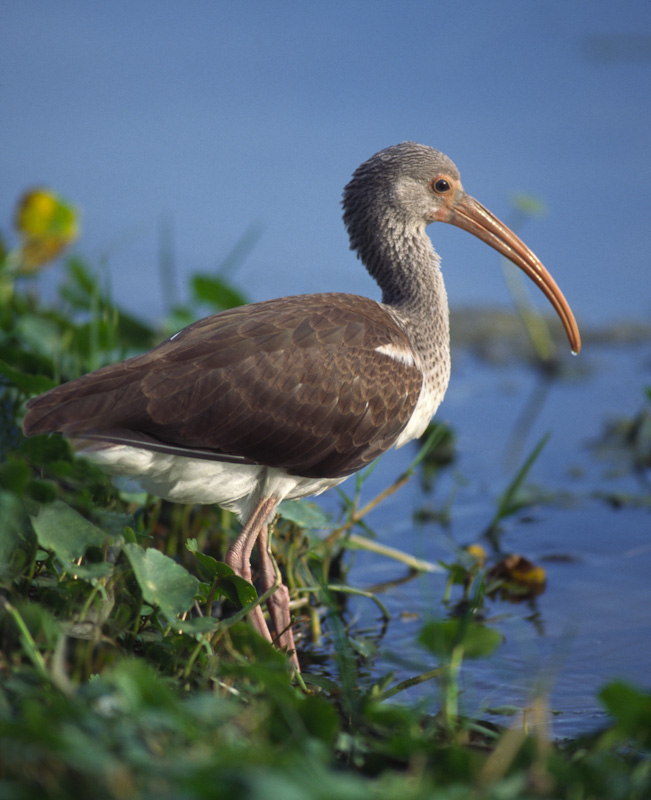
Photo and Commentary ©2025 by Robert Howson
Tuesday, May 27, 2025
We humans are a fickle lot, letting the whims of the moment dictate what we happen to think is in vogue. In our quest for ever increasing status, we impose somewhat arbitrary guidelines which create a pecking order in society. The Gibeonites recognized this and used it to their advantage, tricking the Israelites into signing a treaty with them. You remember the story as told in Joshua 9: They gathered old sacks and old leather wine bags that were cracked and mended, and they put them on the backs of their donkeys. They put old sandals on their feet and wore old clothes, and they took some dry, moldy bread.” (Joshua 9:4,5 The Everyday Bible) In other words, they tried to benefit from appearing to be the last man on the totem pole.
The Tricolored Heron, formerly called Louisiana Heron, involuntarily fell into this same situation. In the late 1800s, fashion placed a high premium on feathers of egrets and other birds used to adorn women’s hats. In 1886, it was estimated there were 50 North American species being subjected to this slaughter to accommodate this whim. But fortunately for the Tricolored Heron, their feathers were not in high demand, simply because of their color. And it wasn’t because they weren’t beautiful. Audubon, in referring to this species called this elegant wader the “Lady of the Waters.” It was just that they didn’t match the idealized style of the moment.
It’s likely we have misused 1 Peter 3:3-4 to restrict adornment while missing what Peter is really directing towards, true beauty, something that lasts. “Your beauty should not come from outward adornment, such as elaborate hairstyles and the wearing of gold jewelry or fine clothes. Rather, it should be that of your inner self, the unfading beauty of a gentle and quiet spirit, which is of great worth in God’s sight.” (NIV)







